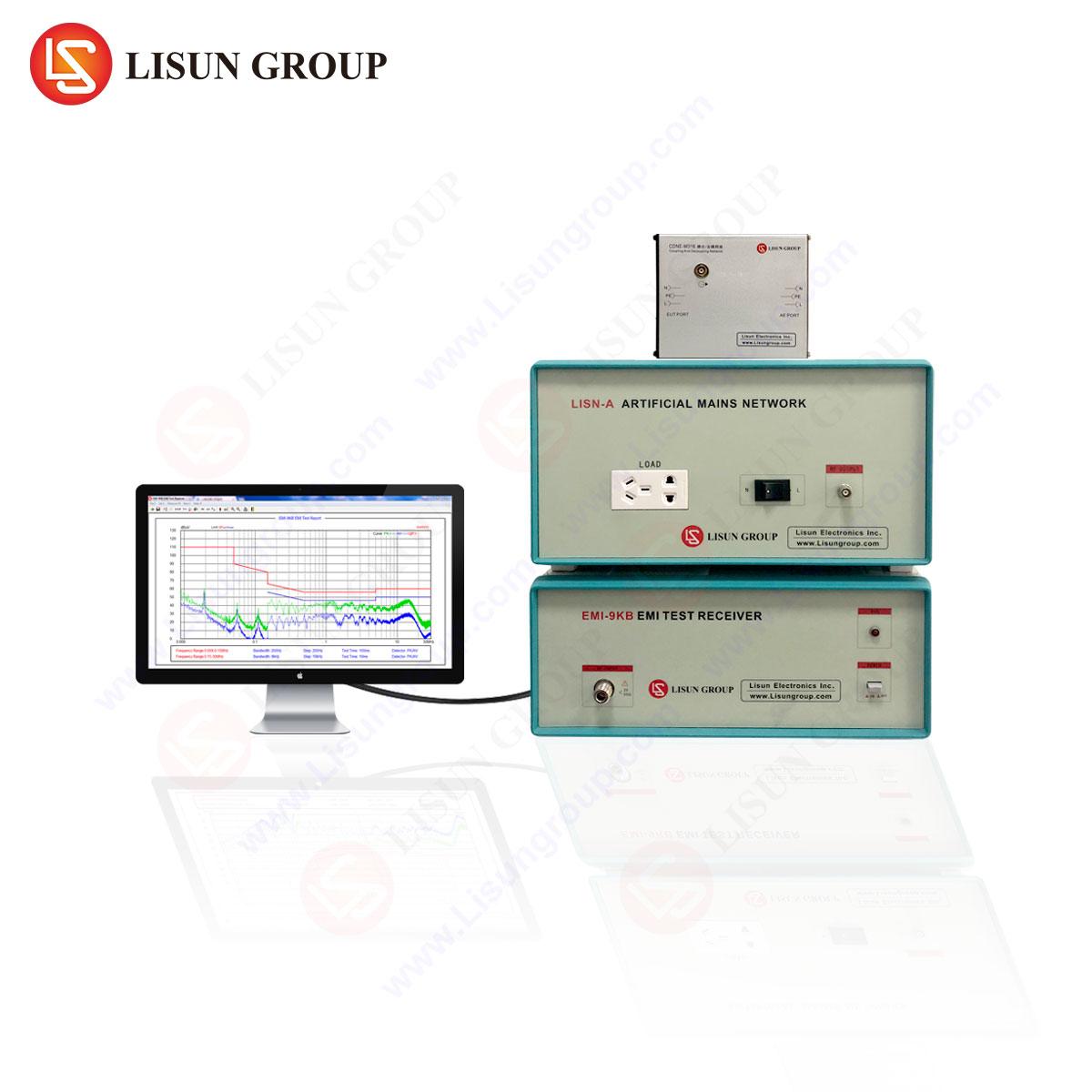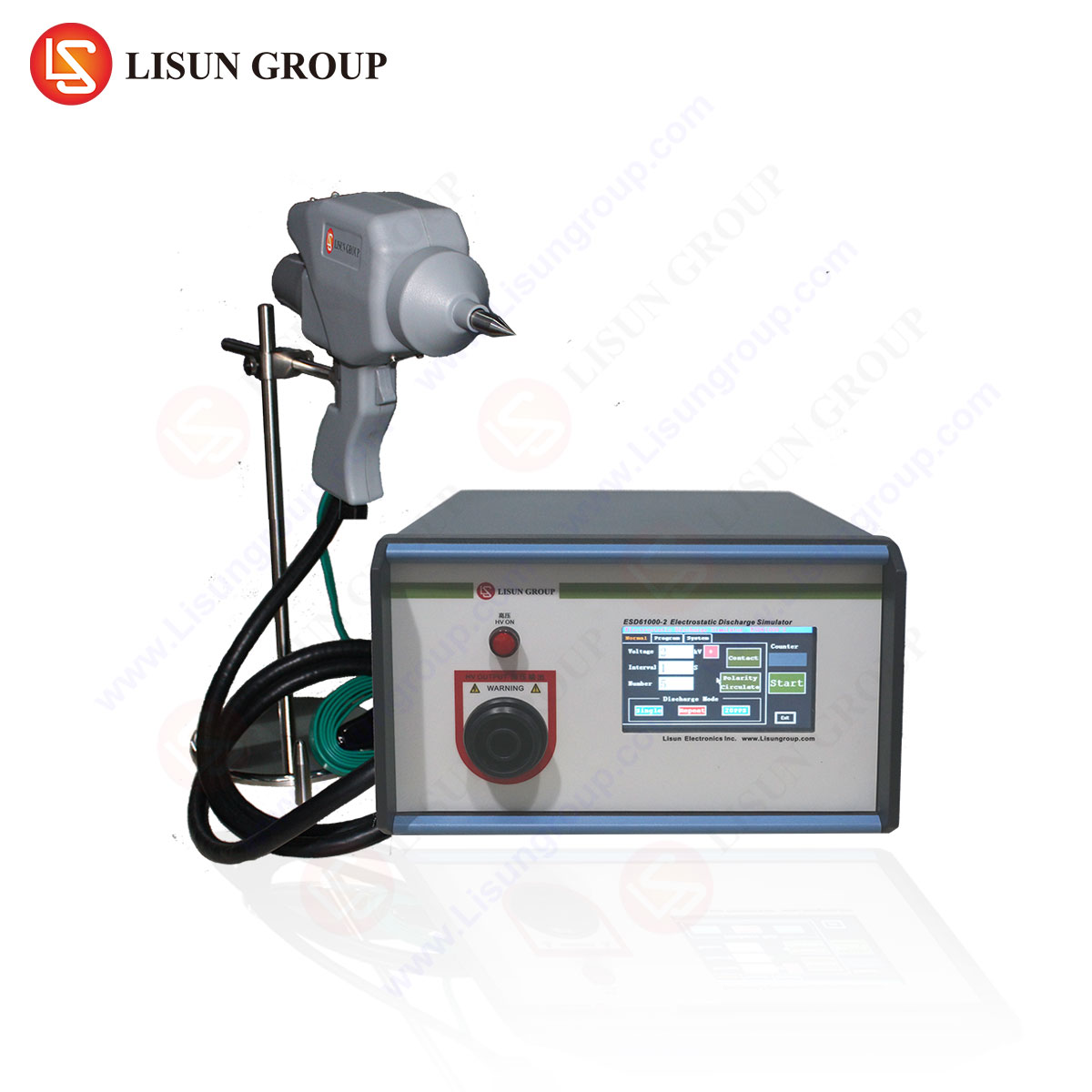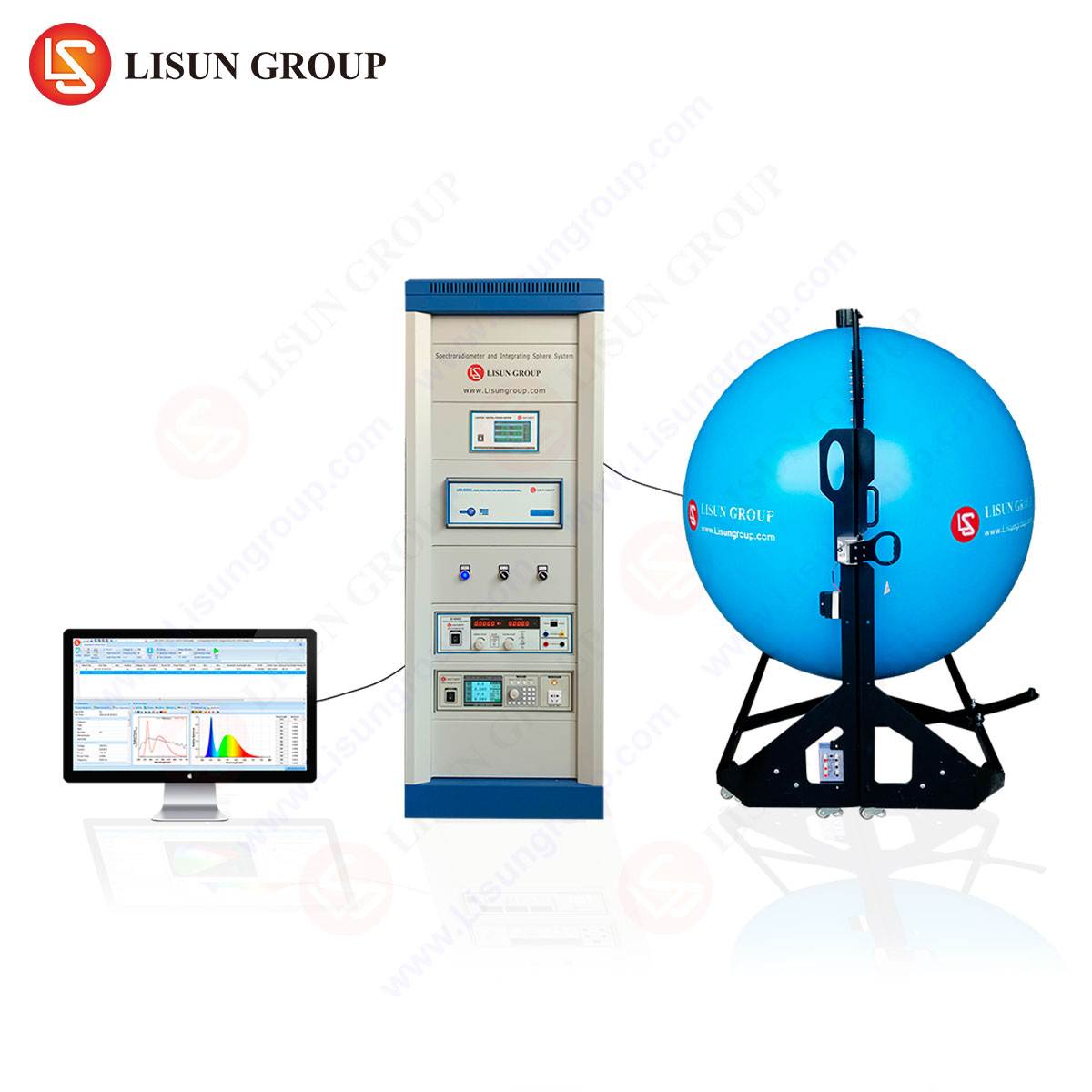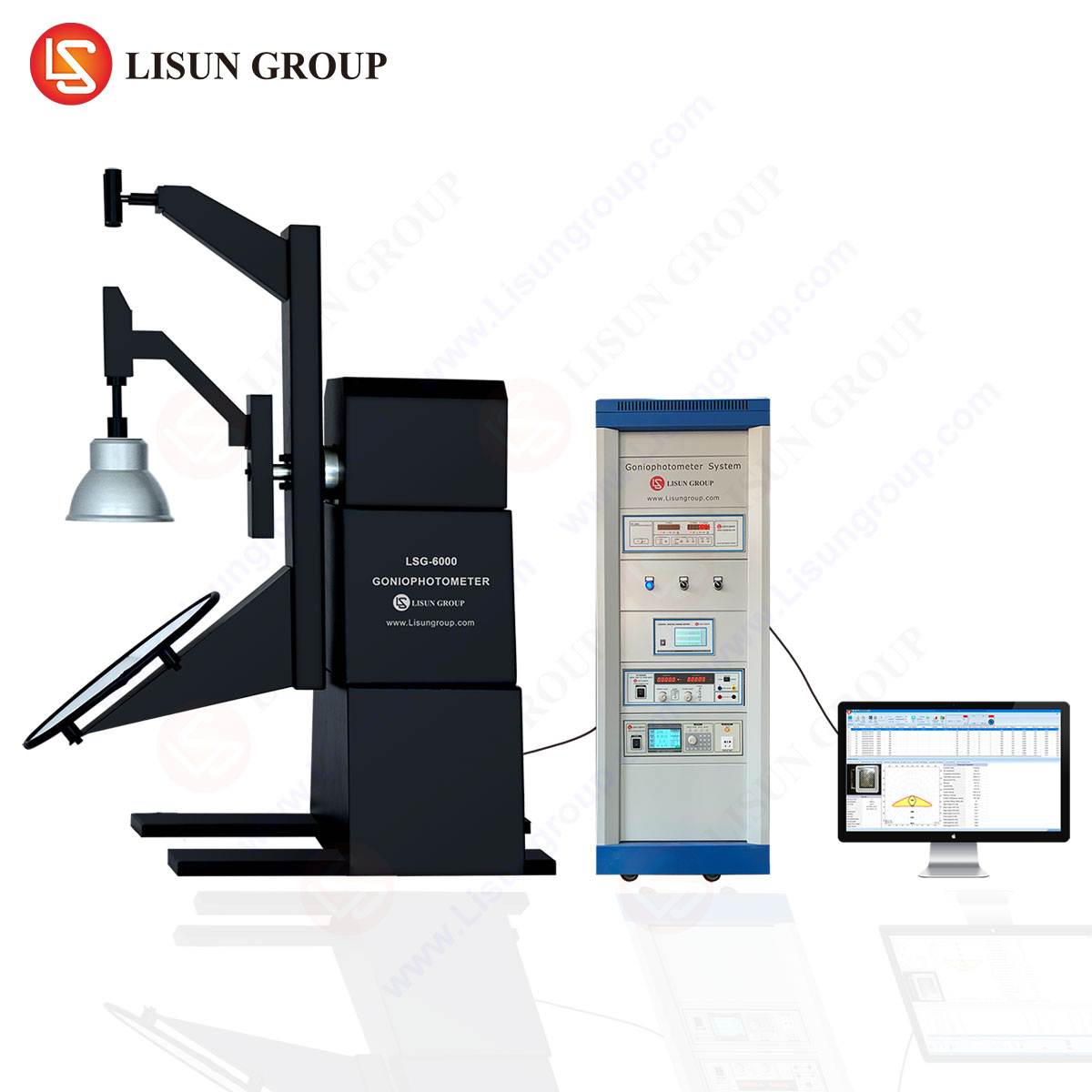Electromagnetic Interference (EMI) testing is a critical evaluation process to ensure electronic and electrical devices comply with regulatory standards for electromagnetic compatibility (EMC). EMI testing identifies unintentional electromagnetic emissions that may disrupt other equipment or fail to operate correctly in their intended environment. Industries such as automotive, aerospace, medical devices, and industrial equipment rely on precise EMI testing to meet international standards like CISPR, IEC, EN, and FCC.
This article provides an in-depth technical overview of EMI testing, focusing on the LISUN EMI-9KB EMI Test Machine, its specifications, testing principles, and applications across multiple industries.
The LISUN EMI-9KB is a fully compliant EMI receiver designed for conducted and radiated emissions testing. It operates within a frequency range of 9 kHz to 30 MHz for conducted disturbances and 30 MHz to 1 GHz for radiated emissions, adhering to CISPR 16-1-1, CISPR 14-1, CISPR 15, EN 55015, EN 55014-1, and FCC Part 15 standards.
The EMI-9KB integrates advanced digital signal processing (DSP) for real-time analysis, ensuring high precision in detecting electromagnetic disturbances.
Conducted emissions are unwanted signals propagated through power lines or signal cables. The EMI-9KB employs a LISN (50 Ω/50 μH) to isolate the device under test (DUT) from external noise, measuring disturbances between 9 kHz – 30 MHz. This is critical for power supplies, household appliances, and industrial equipment where conducted noise may affect grid stability.
Radiated emissions are electromagnetic waves emitted unintentionally by electronic circuits. The EMI-9KB uses a biconical/log-periodic antenna to capture emissions from 30 MHz – 1 GHz, ensuring compliance with CISPR 22 (IT equipment) and CISPR 25 (automotive).
LED drivers and ballasts generate high-frequency switching noise. The EMI-9KB evaluates conducted and radiated emissions to ensure compliance with EN 55015, preventing interference with nearby radio and communication systems.
Medical equipment such as MRI machines and patient monitors must operate without electromagnetic disruptions. The EMI-9KB verifies emissions below permissible limits, ensuring patient safety and regulatory approval.
Modern vehicles incorporate numerous electronic control units (ECUs). The EMI-9KB tests radiated emissions from infotainment systems, ADAS sensors, and powertrain components to prevent interference with critical functions.
Variable frequency drives (VFDs) and PLCs generate broadband noise. The EMI-9KB assesses conducted emissions to mitigate risks in factory automation environments.
A comparative study between the EMI-9KB and conventional spectrum analyzers demonstrated superior accuracy (±1.5 dB deviation) in quasi-peak measurements. The following table summarizes key performance metrics:
The LISUN EMI-9KB EMI Test Machine is a robust solution for industries requiring precise electromagnetic compatibility validation. Its adherence to international standards, advanced detection modes, and modular architecture make it indispensable for compliance testing in automotive, medical, and industrial applications.
Q1: What is the difference between conducted and radiated emissions testing?
Conducted emissions are measured via power lines (9 kHz – 30 MHz), while radiated emissions are detected wirelessly (30 MHz – 1 GHz).
Q2: Can the EMI-9KB test military-grade equipment?
Yes, with additional shielding and extended frequency modules, it complies with MIL-STD-461.
Q3: How does quasi-peak detection differ from peak detection?
Quasi-peak weighs intermittent noise more heavily, simulating human perception, whereas peak detection captures the highest amplitude.
Q4: Is the EMI-9KB suitable for pre-compliance testing?
Absolutely—its real-time analysis allows early-stage troubleshooting before formal certification.
Q5: What industries benefit most from the EMI-9KB?
Automotive, medical devices, industrial automation, and IT equipment due to stringent EMC regulations.







